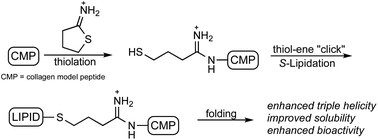Org. Biomol. Chem., 2023, Advance Article
DOI: 10.1039/D3OB01354E, Communication
DOI: 10.1039/D3OB01354E, Communication
Fengya He, Ziyi Sun, Chenyue Li, Zibin Jiang, Hui Miao, Qinglin Li, Chenggui Wu
A novel strategy for the regioselective cyclopropanation of 2-pyridones under photocatalyst-free conditions, showing excellent regio- and stereo-selectivity, is reported.
To cite this article before page numbers are assigned, use the DOI form of citation above.
The content of this RSS Feed (c) The Royal Society of Chemistry
A novel strategy for the regioselective cyclopropanation of 2-pyridones under photocatalyst-free conditions, showing excellent regio- and stereo-selectivity, is reported.
To cite this article before page numbers are assigned, use the DOI form of citation above.
The content of this RSS Feed (c) The Royal Society of Chemistry

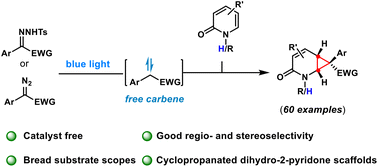

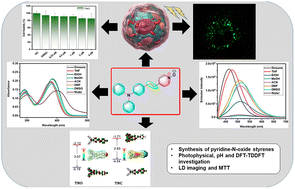
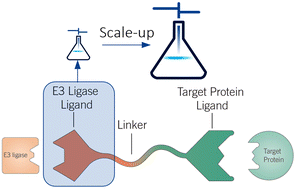
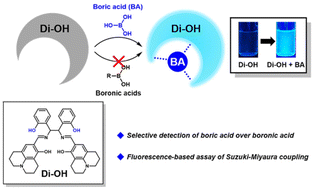
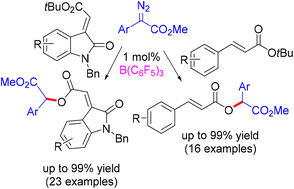
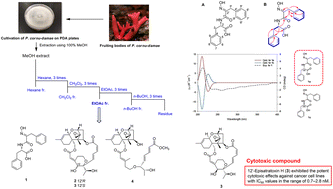
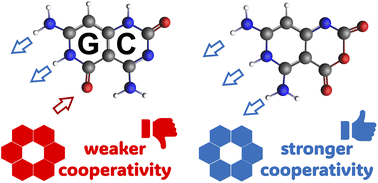
 Open Access
Open Access
